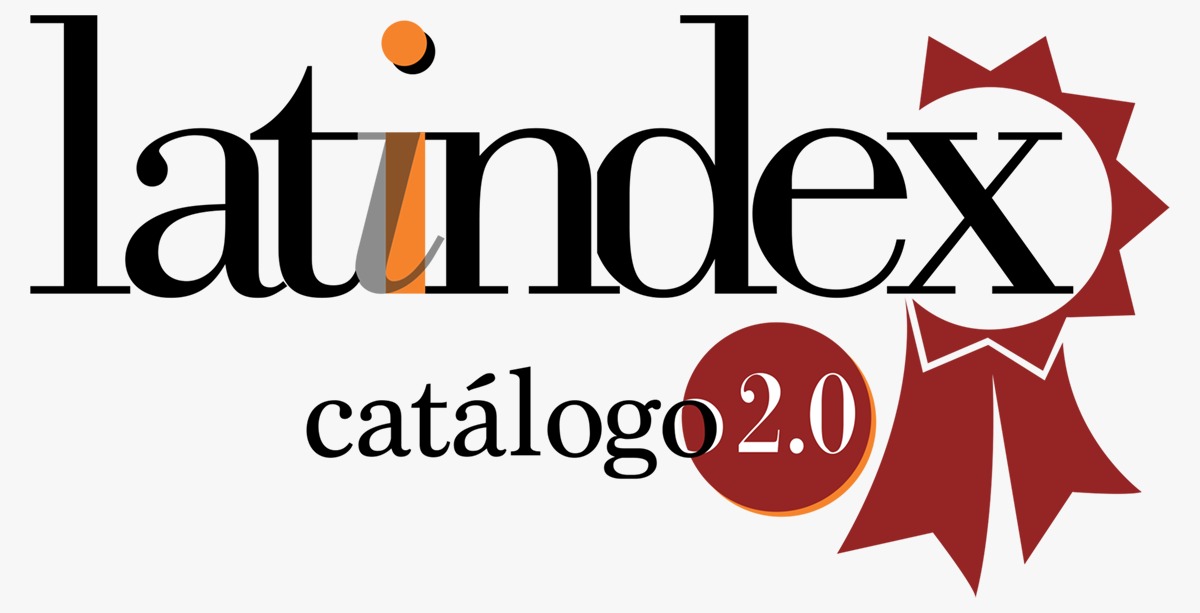THE INTERDISCIPLINARY ARTICULATION OF THE MATHEMATICS IN GEOPHYSICAL ENGINEERING
Keywords:
Potential nodes of articulation, interdisciplinary relationships, Mathematics, Geophysical Engineering, Interdisciplinary.Abstract
An analysis of the General Mathematics's interdisciplinary articulation is presented for the career of Geophysical Engineering in the Polytechnic Superior Institute "José Antonio Echeverría" (CUJAE) starting from the identification of the potential Nodes of articulation that they constitute the base of the redraw of the programs of the subjects and disciplines in the study plan to achieve a solid formation of the future engineers, what is demonstrated through the Statistic with the transformations to carry out in the design of the subject, as necessary condition for the execution of the professional's demands that have to be formed. Examples characteristic of the career were identified to be able to apply them in Mathematics’ classes and Statistic and some of them are shown for the subject of Probabilities and Statistic that will increase the motivation of the students without doubts, to the power to apply the received knowledge of different subjects with focuses, methods, means and bibliography guided harmoniously.
Downloads
References
Fernández, B. (2000). La interdisciplinariedad como base de una estrategia para el perfeccionamiento del diseño curricular de una carrera de ciencias técnicas y su aplicación a la Ingeniería en Automática en la República de Cuba. Tesis de Doctor en Ciencias Pedagógicas. La Habana. Cuba.
Ministerio de Educación Superior de Cuba. (2010). Plan de estudio de la carrera Ingeniería Geofísica, Instituto Superior Politécnico "José Antonio Echeverría", CUJAE, La Habana, Cuba.
Baldoquín, G.; Fernández, B. (2000). “La integración de asistentes matemáticos en la disciplina de Matemática para la carrera de Ingeniería Eléctrica”. International Conference on Engineering and Computer Education, ICECE 2000, Sao Paulo, Brasil.
Krumbein and Graybill. (1965). An Introduction To Statistical Models In Geology. Editorial: McGraw-Hill and Co.
Roche, J. (1989). Estadísticas en las ciencias geológicas. Editora ISPJAE. Cuba.
Herrera, C.G.; Ortiz, E.; Moreno, O.E & Medina, L. Modelización matemática. (2012). Propuesta didáctica de articulación entre Matemática, Física y Geofísica. Jornadas de Ciencia y Tecnología de Facultades de Ingeniería del NOA. Tucumán. Argentina.
Herrera, C.G. & Verón, C.A. (2011). Conocimientos de Matemáticas de los Alumnos ingresantes a la carrera de Licenciatura en Geología. II Congreso Internacional de Educación en Ciencia y Tecnología. Facultad de Ciencias Exactas y Naturales de la Universidad Nacional de Catamarca. Catamarca. Argentina.
Ladik, J. (1967). Matemáticas en la Geofísica Aplicada. Impresiones Ligeras. Facultad de Tecnología. Universidad de La Habana.
Medina, L. & Herrera, C.G. (2012). La matemática como disciplina transversal en la formación de Licenciados en Geología. Producción científica de la Facultad de Tecnología y Ciencias Aplicadas III. Universidad Nacional de Catamarca. Pag. 11-16. Catamarca. Argentina.
Downloads
Published
How to Cite
Conference Proceedings Volume
Section
License
Copyright (c) 2020 María Magdalena Toirac Suárez, Bertha Fernández de Alaiza García-Madrigal, Dainel González Paret

This work is licensed under a Creative Commons Attribution 4.0 International License.
Usted es libre de:
- Compartir — copiar y redistribuir el material en cualquier medio o formato
- Adaptar — remezclar, transformar y construir a partir del material para cualquier propósito, incluso comercialmente.
Bajo los siguientes términos:
- Atribución — Usted debe dar crédito de manera adecuada, brindar un enlace a la licencia, e indicar si se han realizado cambios. Puede hacerlo en cualquier forma razonable, pero no de forma tal que sugiera que usted o su uso tienen el apoyo de la licenciante.
- No hay restricciones adicionales — No puede aplicar términos legales ni medidas tecnológicas que restrinjan legalmente a otras a hacer cualquier uso permitido por la licencia.













































